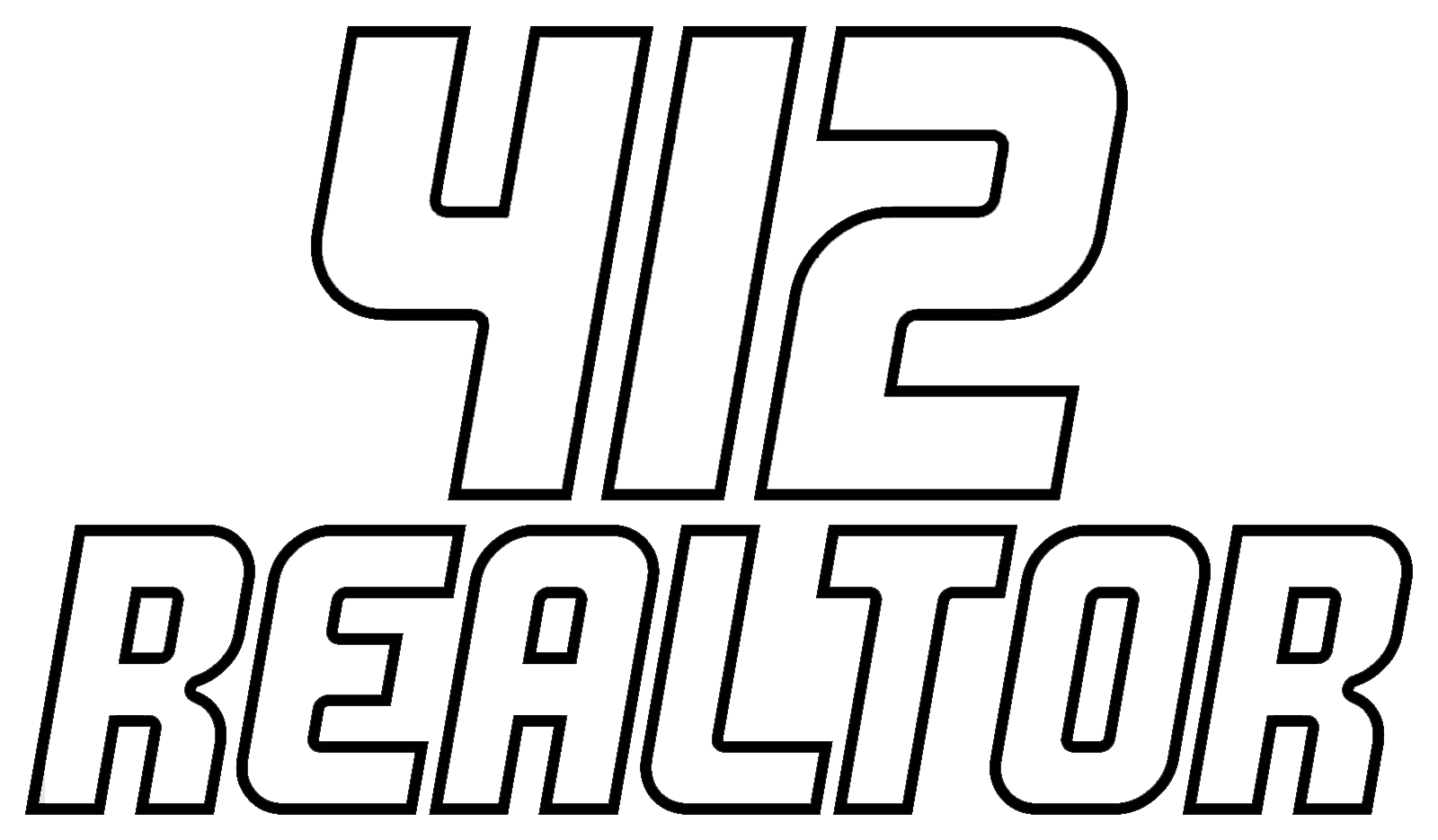A home tour is one of the most exciting steps in the homebuying process—but it’s also one of the most important. While it’s easy to get swept up by beautiful decor or a spacious kitchen, it’s crucial to look beyond the surface to make sure the home is a good investment and the right fit for you.
Here’s a smart checklist of what to look for during a home tour:
1. Overall Condition of the Home
Start with a general look at the home’s condition. Does it appear well maintained?
Check for:
- Cracks in walls or ceilings
- Water stains or signs of mold
- Fresh paint that may be covering something up
- Uneven floors or strange odors
These could be signs of deeper issues that might need attention.
2. Roof and Exterior
Before stepping inside, take a walk around the home. Look at:
- The roof: Are there missing shingles? How old does it look?
- The siding or exterior walls: Any visible damage?
- The foundation: Look for large cracks or water pooling around the base.
- Gutters and drainage: Are they intact and directing water away from the house?
3. Windows and Doors
Check how windows and doors open and close. Poorly sealed windows or drafty doors can mean higher energy bills and possible replacement costs.
4. Plumbing and Water Pressure
In the kitchen and bathrooms, turn on faucets and showers to check:
- Water pressure
- Drain speed
Any strange noises from the pipes Also, look under sinks for any signs of leakage or water damage.
5. Electrical System
You don’t need to be an electrician, but it’s smart to test:
- Light switches and outlets
- The number and location of outlets in each room
- The breaker panel (is it labeled and in good shape?)
6. Storage Space
Does the home offer enough closets, cabinets, and storage options? Consider your current needs—and a little extra room for growth.
7. Noise Levels
Listen carefully: can you hear neighbors, traffic, or nearby train lines? Be sure to visit the home at different times of day if possible.
8. Neighborhood and Curb Appeal
Take a walk or drive around the neighborhood. Ask yourself:
- Is the area clean and well-kept?
- Do you feel safe?
- How’s the street parking or traffic? Curb appeal matters, too—it’s the first thing you (and future buyers) will see.
9. Appliances and Fixtures
If appliances are included, check their age and condition. Are they energy-efficient? Don’t forget to check lights, fans, and hardware like faucets and cabinet handles.
10. Your Gut Feeling
Sometimes your instincts are your best guide. Does the home feel right? Can you see yourself living there?
Final Tip:
Take photos, notes, and even videos (if allowed) to help you remember the details after seeing multiple homes. And don’t hesitate to bring a checklist—it’s your future home, and you want to get it right.




